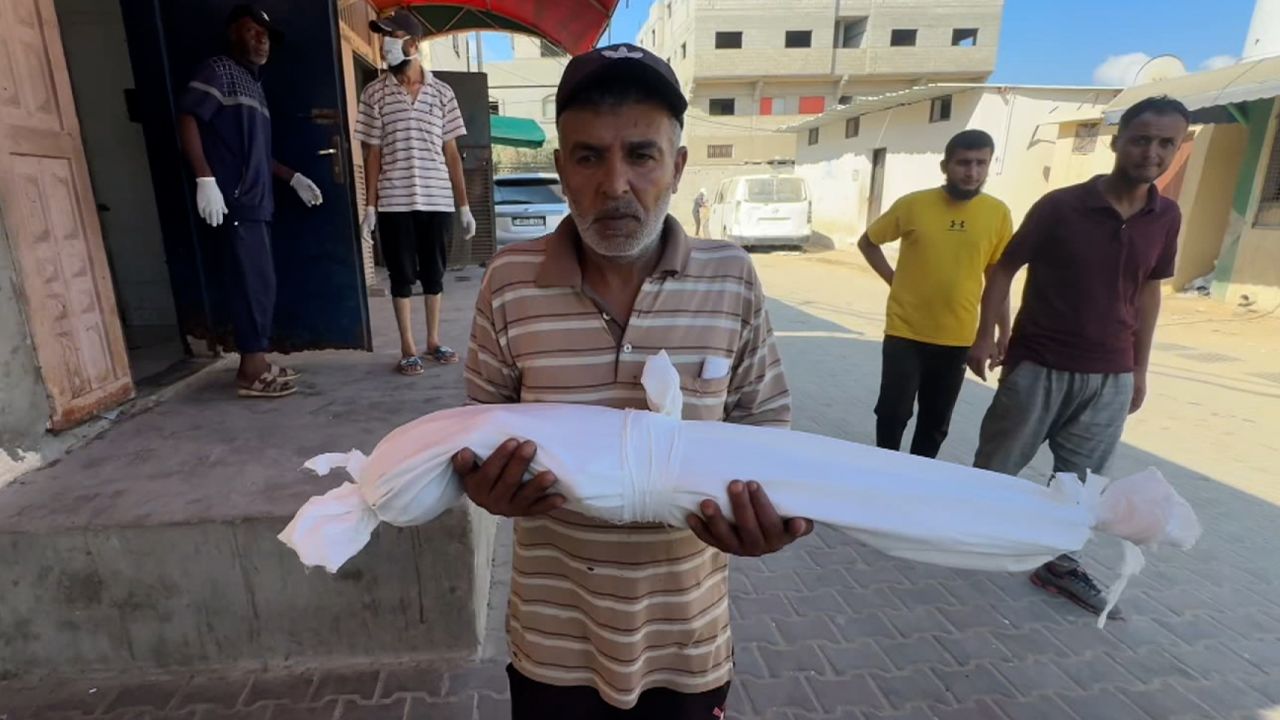
DiYES International School – Gaza continues to suffer under one of the worst humanitarian crises in recent years. On Tuesday, a child tragically died as a direct result of malnutrition and famine in the Gaza Strip. This single death adds to a heartbreaking total of 453 lives lost to hunger, including 150 children. Medical facilities across the region face overwhelming pressure as they treat hundreds of patients suffering from extreme hunger, stress, and complications caused by the lack of nutrients. The Integrated Food Security Phase Classification or IPC had previously declared Gaza in a state of famine. Since that announcement, 175 more people have died, 35 of them children. Doctors and aid workers struggle to meet the growing demand for care as the humanitarian toll escalates. Images of emaciated children and collapsing adults fill hospital corridors. The region’s collapse continues to draw condemnation from humanitarian organizations, but urgent international intervention has not yet materialized.
Gaza hospitals now serve as the last line of defense for those clinging to life amid starvation. Medical teams report treating people of all ages, from infants to the elderly, with signs of extreme hunger and nutrient deficiencies. In these overcrowded facilities, caregivers often run out of beds and life-saving medications. Gaza suffers not just from a food shortage but also from a health infrastructure pushed beyond its limits. Nearly 17,000 children currently suffer from severe malnutrition, facing irreversible harm to their development. Many arrive at clinics with additional symptoms such as memory loss, emotional trauma, and high levels of physical exhaustion. Caregivers report cases where patients collapse at the entrance, too weak to speak. Despite their tireless efforts, doctors admit that many lives cannot be saved in time. With Gaza’s resources stretched thin, hospitals have become battlefields in a silent war against famine, where survival depends on timing, luck, and dwindling supplies.
“Read about: Protecting the Young: Government Moves Faster Than Ever to Guard Kids”
UNRWA, the United Nations agency dedicated to Palestinian refugees, has raised serious alarm over the rising levels of malnutrition among young children in Gaza. The situation worsened rapidly between March and June as the Israeli blockade intensified. During this period, UNRWA’s health centers conducted around 74,000 nutrition tests for children under five. The results exposed a health disaster. More than 5,500 cases of global acute malnutrition were discovered, along with over 800 cases of severe acute malnutrition. These figures signal a dire warning for the future of Gaza’s youngest generation. Health officials emphasize that hunger is no longer a future threat but an existing emergency. UNRWA staff report encountering infants who cannot crawl due to weakness and toddlers who have lost the ability to speak. Gaza faces a generation at risk of permanent developmental damage. Without immediate food aid and medical intervention, the numbers of child fatalities may increase drastically in the coming weeks.
“Read more: Graveyard Goldmine: How Ghost Tourism Cashes In on Death and Dark History”
Children in Gaza are paying the highest price as famine tightens its grip on the region. Aid groups report heart-wrenching scenes in emergency shelters and clinics where children cry not from injury, but from hunger pangs. Families arrive in waves at aid distribution centers only to discover empty storage and delayed rations. Parents describe the agony of watching their children waste away day by day. In overcrowded shelters, food consists of small portions shared among entire families. When aid does arrive, it rarely meets nutritional needs, especially for growing bodies. Gaza’s blockade has severely limited access to baby formula, fortified meals, and essential medicine. This reality has created a generation that experiences famine not in history books but in real time. As the number of affected children rises, humanitarian groups warn that Gaza’s future hangs in the balance. Each child who succumbs to starvation becomes a symbol of the world’s failure to act quickly and compassionately.
The international community continues to raise its voice in response to the escalating humanitarian disaster in Gaza. NGOs, human rights groups, and global health organizations have issued repeated pleas for unrestricted access to the region. Despite growing awareness, access to aid remains inconsistent and heavily restricted. Political leaders express concern but fail to unlock the gridlock preventing critical deliveries of food, medicine, and clean water. Gaza’s situation illustrates the devastating consequences of prolonged political conflict combined with limited humanitarian access. Diplomats push for ceasefires, while health workers call for evacuation corridors to save the most vulnerable. Meanwhile, social media plays a vital role in broadcasting Gaza’s suffering to the world. Campaigns driven by global activists amplify voices from inside Gaza, hoping to generate sufficient pressure on international decision-makers. Still, for each passing day without coordinated relief, more lives fall through the cracks. Urgency grows, but time continues to run out for those caught in Gaza’s food crisis.
This article is sourced from english.wafa.ps and for more details you can read at diyesinternational
Writer: Sarah Azhari
Editor: Anisa